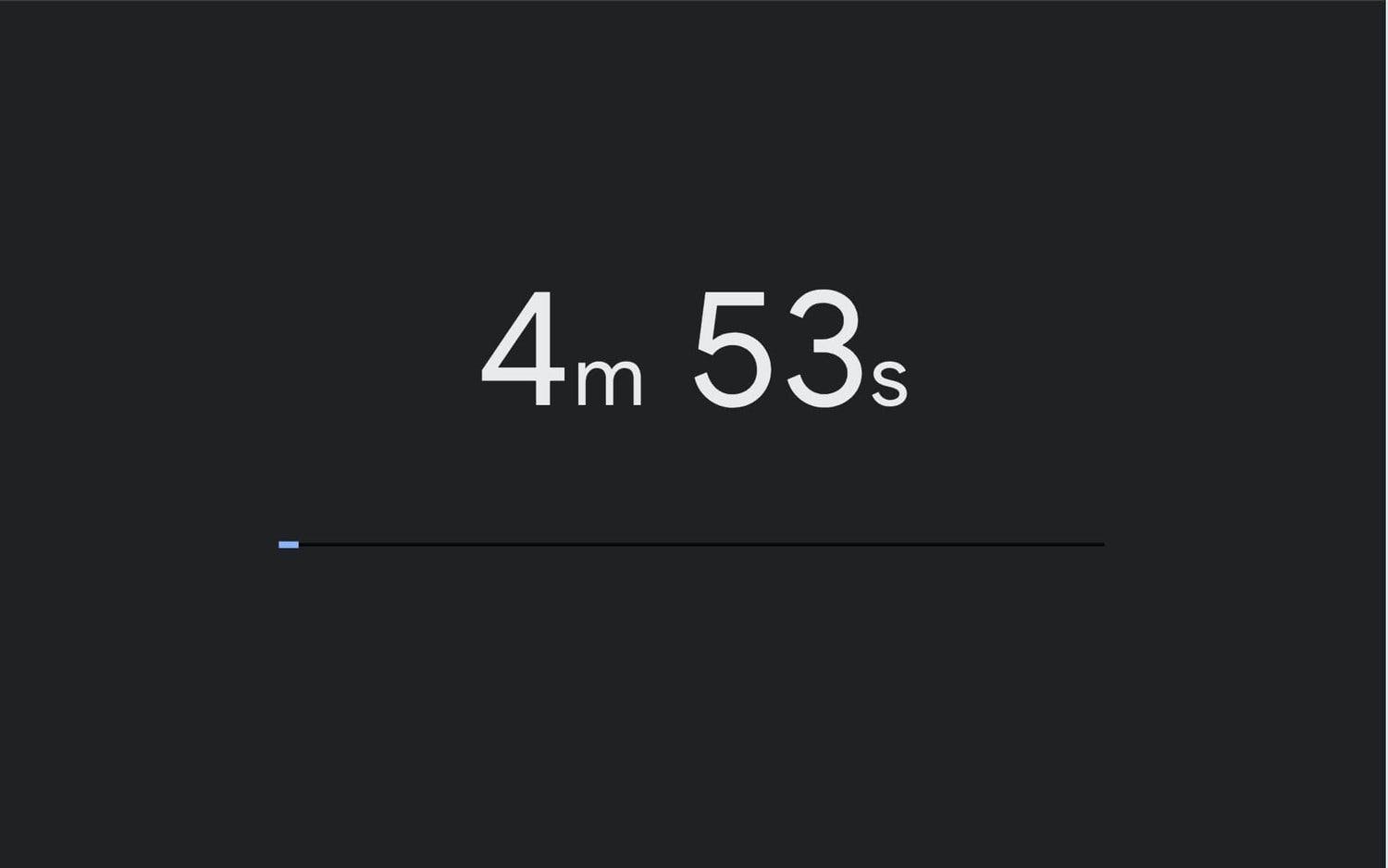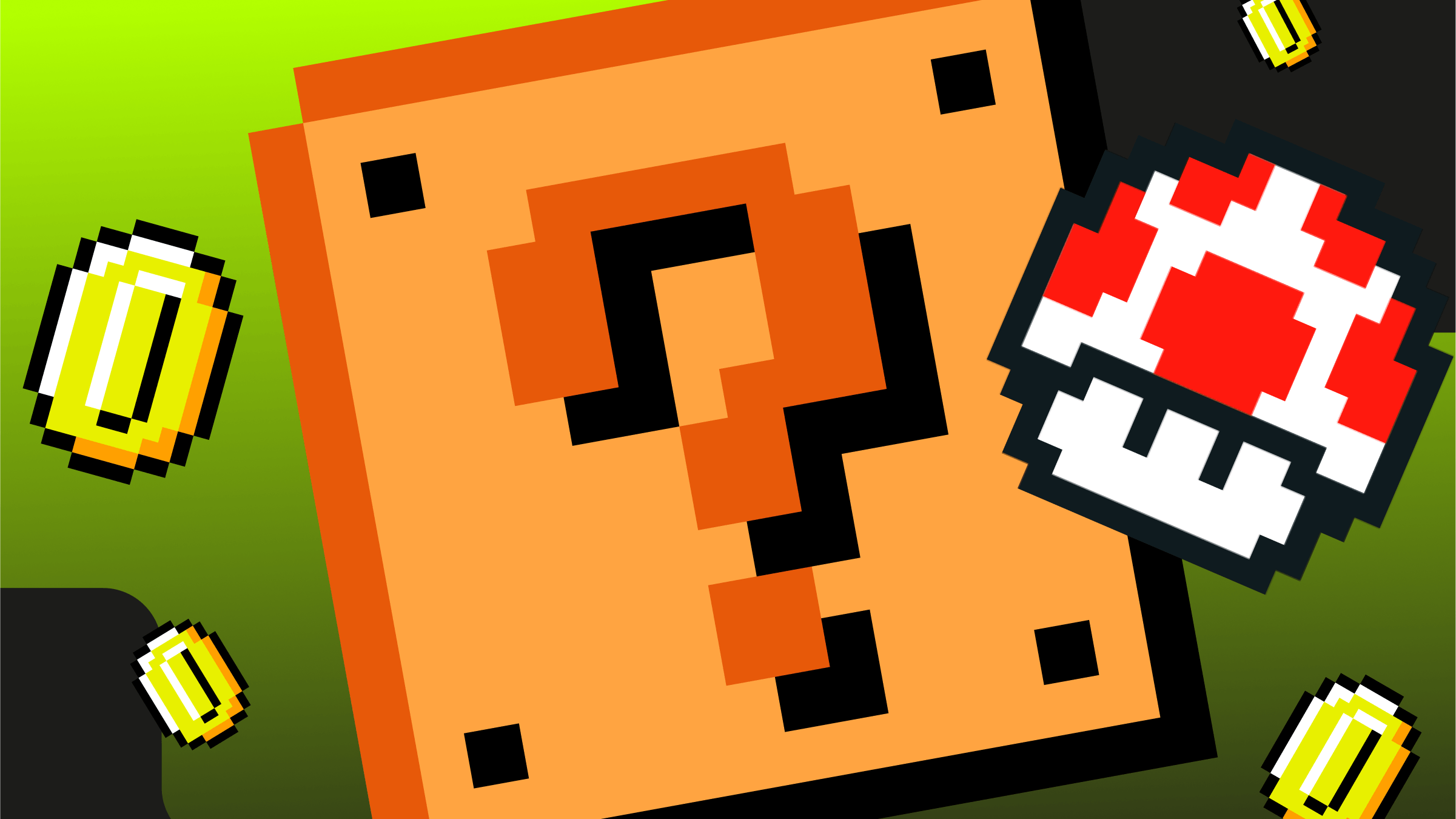Speedrunning-101: a quick guide to make your favorite video game even harder
Is it possible to carve a place for yourself in the hall of fame of competitive games by not playing an esports title, and not even a multiplayer game?

Source: Google Timer
It’s possible, and it is actually one of the oldest forms of indirect competition in gaming – the phenomenon is called “speedrunning”.
What is speedrunning?
Speedrunning is the act of playing a singleplayer game, or a part of a game, with the goal of completing it as quickly as possible. There are multiple kinds of speedrunning, ranging from “pure” forms, to those that use glitches that exist in the game, or even tool-assisted speedrunning, that uses special software that slows games down or alters them in other ways not intended by their developers.
Nowadays lots of online communities exist around specific types of speedrunning or even specific games, both new and retro. The most popular forms of following the speedrunning scene are Twitch streams and YouTube videos. There are also occasions when two or more speedrunners compete in real time, making the whole experience resemble esports for their viewers. Speedruns are also often showcased at marathon events (such as GamesDoneQuick) and gaming conventions, often with charity goals.
The history of speedrunning
The earliest documented speedrunning competitions are linked with Doom, published by id Software in 1993. The legendary first-person shooter was foundational for the FPS genre as a whole, but it was also the game that spawned the speedrunning community with a single feature: in-game recordings.

Source: The very first donation page from the first Awesome Games Done Quick in 2010, which netted $10,531 Source: The Washington Post
With a reliable way to capture gameplay, it was only a matter of time before gamers figured out how to brag how fast they completed a level of Doom and compare their results. It was Christina 'Strunoph' Norman who first thought of using the internet as a means to share these clips, referred to as “demos”. This is how the first online Doom demo hub was started, it was called LMP Hall of Fame.
Doom and Quake quickly became the go-to games for speedrunning communities, which quickly came up with inventive ways to set limitations on their runs. For example, in Doom, a popular limitation was to use only fists and a pistol to kill all monsters, while another one was to make it through the entire game without killing any monsters at all.
The next milestone for the expansion of the speedrunning community occurred in 2008 when a group of Texas gamers, TheSpeedGamers, came together to hold a gaming marathon. It was held for a charitable cause: they raised $1,090 for St. Jude Children’s Research Hospital by completing all major Zelda games over the course of 72 hours. This marathon was the thing that inspired the creation of the famous gaming convention dedicated to speedrunning, Games Done Quick (GDQ). GDQ is a biannual speedrunning marathon that is broadcasted over Twitch.tv and GDQ’s YouTube channel. Since its conception in 2010, GDQ has held 19 marathons and raised over $16.5 million for multiple charities.
Main types of speedruns
- Any% – does not impose any conditions on the speedrunner, and is all about simply completing the game from start to finish as quickly as possible. During Any% walkthroughs players can ignore those parts of the game that slow them down, won’t try to collect items or achieve specific goals. They can even skip entire parts of the game and use glitches, as long as it’s not specifically prohibited.
- 100% – in this style of speedruns players must complete games in their entirety. Depending on the game in question, this could mean collecting every treasure, every quest and stage, unlocking all achievements, killing all bosses, and fulfilling a whole number of other game-specific conditions, while doing it all as quickly as possible.
- Low% – is the opposite of 100%. In Low%, players must finish the game while completing the bare minimum amount of quests and game challenges. Strange as it is, it’s widely considered to be one of the more difficult kinds of speedrunning.
- Glitchless – “honest” speedruns, which do not allow players to use any glitches that exist in the game, let alone introduce new ones with external software or emulators. This implies playing the game pretty much as intended by its developers.
There are also numerous sub-categories and game-specific categories of speedrunning. Game-specific categories involve the use or avoidance of certain components in a game. For example, a challenge in the classic game SuperMario Bros. is to complete a speedrun as ‘little Mario’—meaning, without the help of any power-ups.
Recap
- Speedrunning is almost as old as video games are, but it started taking its present form in the 90s, with the advent of the Internet. Its early years are associated with such games as Doom and Quake.
- Speedrunning requires extremely high dedication from players who wish to achieve anything. It’s all about consistency, endurance and stress-resistance. Speedrunners compete against each other indirectly, by beating their own and others’ results. Sometimes one mistake can ruin hours of non-stop gameplay and overcoming frustration is part and parcel of being a successful speedrunner.
- There are many forms of speedrunning, and they all have small and dedicated communities. While it’s possible to speedrun almost anything, genre-wise speedrunning gravitates towards metroidvanias (2D arcades), 3D shooters, beatemups, fighting and racing games.
